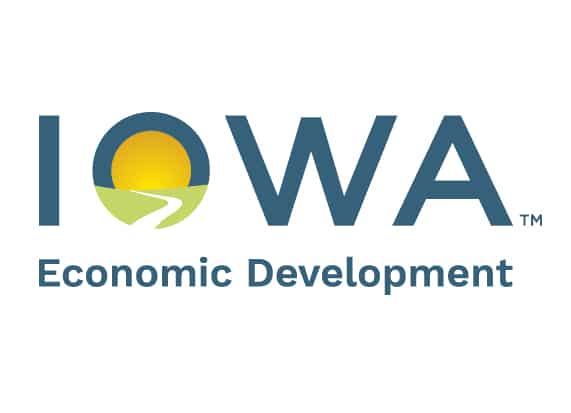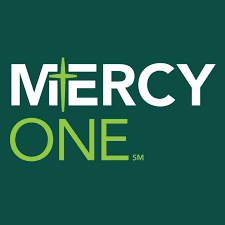Wellmark debuts new ‘narrow network’ plans

JOE GARDYASZ Nov 1, 2016 | 3:00 pm
5 min read time
1,218 wordsAll Latest News, Business Record Insider, Health and Wellness, Insurance
As open enrollment for individual health coverage on the Iowa Marketplace for 2017 begins today, Wellmark Blue Cross and Blue Shield is introducing new insurance options through separate joint ventures with two of the state’s largest health care organizations.
Working with Mercy Health Network, Wellmark has developed the Wellmark Value Health Plan, which will offer coverage through Mercy affiliates and other selected providers in 36 Iowa counties to include the Greater Des Moines area as well as the Sioux City, Mason City, Waterloo and Clinton markets. Wellmark anticipates making the plan available to large employer groups beginning in 2018.
Separately, Wellmark has partnered with the Iowa Hospitals and Clinics to launch the Wellmark Synergy Health Plan, which will access University of Iowa Health Alliance-aligned providers as the core network for health care services in Johnson, Linn, Des Moines and Scott counties.
Unlike Wellmark’s existing health plans, which it fully owns, both of these plans are set up under separate companies that are jointly owned by the respective health companies and Wellmark.
The new joint initiatives are considered “narrow network” plans because they limit coverage to services offered only within respective health systems in defined regions of the state. They mirror an approach being taken by insurers across the country to address losses in the individual market by broader preferred provider organizations (PPOs).
“Both of these organizations have designed the product with Wellmark to truly be a narrow network, where there is no benefit going outside the network, unless you need an emergency service that’s not available,” said Mike Fay, Wellmark’s vice president of health networks.
Despite double-digit premium increases on individual policies in 2016, Wellmark earlier this year reported six-month net losses of $11 million for its PPO plans and more than $1 million for Wellmark Health Plan of Iowa, which is its modified health maintenance organization (HMO) plan.
According to a study of plans of plans offered on the federal exchange in 18 states and the District of Columbia (not including Iowa) by health care consultant McKinsey, three-quarters of the plans available will feature narrow networks or other types of HMO plans that strictly limit which hospitals and clinics a beneficiary can access in the area, up from 55 percent and 64 percent in 2015 and 2016, respectively.
In conjunction with rolling out the narrow network plans, Wellmark announced in September it would no longer offer the highest-level gold tier health plans on the exchange, and that it would stop issuing new PPO policies in the under-65 individual market beginning in 2017.
The narrow network approach “is a model that’s being replicated across the country,” said Tom Newton, vice president of network engagement with Wellmark. “It’s trying to align provider incentives financially around better coordination of care, better utilization of services, taking waste out of the system. If (the providers) have a financial incentive around that, they’re going to be more cognizant as to the total cost of care.”
For instance, Mercy and University of Iowa Hospital each collaborates with Wellmark in their respective joint ventures on details such as how much will be spent on advertising and promotion and what the level of co-pays will be. “So when we better understand the different worlds we live in, we can hopefully get to those economies of scale and best practices so that it’s truly a better member experience,” Newton said.
Steve Kukla, Mercy’s senior vice president of accountable care operations, said the new health plan builds on Mercy’s ongoing effort to build a more population health-focused approach in working with patients.
Mercy is among 13 health systems statewide that have collaborated with Wellmark in forming accountable care organizations, which in the past year have collectively saved an estimated $35 million in health care costs by reducing hospital readmissions and emergency department visits.
The new joint initiative with Wellmark has “a very close relationship” with Mercy’s ACO, which will be the organization responsible for care management of the covered patients, Kukla said.
“We believe that by working with Wellmark in this venture, we’ll be able to bring to patients a comprehensive network of providers who are trained in and interested in being more engaged in population health, Kukla said.
“It is a narrow network product, so it will not include every provider that would be available in traditional products,” he said. “But we’ve done a lot of research into this, and we believe you have to have providers who believe in population health, to help patients choose the services they get and manage their health.”
Kukla said he expects a combination of people who have used Mercy’s network before as well as new patients will enroll in the plan. The degree of savings that Mercy experiences through the approach will depend in part on the types of patients who enroll through the exchange, as well as how changes in the Affordable Care Act itself unfold beyond 2017, he said.
“That will determine the patient mix and intensity mix of the patients that will choose this product,” he said.
This isn’t the first time that Wellmark has narrowed its insurance offerings in a bid to lower costs, Fay said. When Wellmark first launched its PPO in the late 1980s, it was intended to be a narrow network for a more competitive price. But as more providers joined, the network broadened to essentially a statewide market. The same thing happened In the 1990s when Wellmark relaunched its HMO as Wellmark Health Plan of Iowa, he said.
With the HMO, “we probably had 40 to 50 percent of the provider network when it was introduced,” Fay said. “Now we’re up to 100 percent of the hospitals.”
Fay said that both of the new health plans should retain their narrow network structure because of their separate ownership and governance structures.
“I think going into it before, Wellmark was working with multiple provider organizations, and it was hard to get to a true relationship where you were truly working with the provider as a partner,” he said. “Working with just one provider in each plan, I think that makes it a different proposition.”
The new plans, which will be offered both on and off the federally facilitated health care exchange, are open for 2017 coverage to individuals who do not have access to group health insurance through their employer, including small-business owners.
Wellmark anticipates initial enrollment for the Wellmark Value Health Plan to be between 6,000 and 7,000 people, and about 2,500 for Wellmark Synergy.
As for pricing, the new joint venture policies are expected to be about 10 to 12 percent less expensive than Wellmark’s PPO products, and from 8 to 10 percent lower than its HMO policies. “We believe we’re pretty much competitive with Medica’s offering in the market,” Fay said of a competing insurer.
Employers could potentially offer the narrow network plans alongside PPO and HMO plans as another option for employees. There’s definitely interest in having products in the large-group market,” Fay said. “It’s just going to take some time to determine how that will work.”
Though the products will be available in the small-group market, Wellmark anticipates the majority of interest will be from individuals who are interested in getting the ACA subsidy who weren’t able to purchase a Wellmark product on the exchange prior to 2017.










